Two people died as of 4 pm on Monday and more than 52,000 were evacuated from flood-prone areas in Beijing as heavy rainfall triggered by Typhoon Doksuri pounded the capital for the third consecutive day.
The inclement weather led to the cancellation of dozens of flights, affected many bus routes and prompted city authorities to issue the highest alert for flooding.
The onslaught of Doksuri, which plowed into eastern China's Fujian province on Friday and then moved toward northern China, was most pronounced in Beijing's western districts, including Mentougou and Fangshan.
Two people were found dead in a river in Mentougou on Monday morning following heavy downpours, which started on Saturday evening, according to the district government.
As of 3:30 pm on Monday, the average precipitation in the district reached 320.8 millimeters. A weather station on Miaofeng Mountain recorded the maximum rainfall — 580.9 mm.
More than 52,000 Beijing residents were relocated by Monday evening and all tourist attractions closed down to avoid potential risks, city authorities said.
A video uploaded by local media showed snapped tree branches and damaged cars, left behind by receding floodwaters, swamping riverbanks in Mentougou, which by Monday afternoon had evacuated 5,000 people.
Fangshan district also grappled with serious flooding. To curb the rising river levels, 2,000 police personnel were dispatched to help build dams.
Beijing received average rainfall of 170.9 mm in 40 hours, starting on Saturday night, which is equivalent to the city's average total rainfall for the month of July, official data showed.
The local water authority issued a red alert for flooding at 11 am on Monday, and people were advised to work from home.
The Beijing Meteorological Service said that heavy rainfall will continue in the city through Monday night, and some areas might experience rainstorms. It forecast light to moderate rainfall on Tuesday.
Vehicular traffic was severely affected on Monday as heavy rainfall flooded roads, and a road near a shopping center in western Beijing caved in on Sunday. More than 260 bus routes across the city suspended operations by 1 pm, according to the Beijing Public Transportation Group. All bus services in Yanqing and Huairou districts were suspended.
Beijing Capital International Airport canceled 40 flights, while many trains to and from Beijing were delayed. Passengers traveling on a train from Wuhai West in the Inner Mongolia autonomous region to Beijing Fengtai Railway Station were reportedly stranded for more than 30 hours. By Monday afternoon, they were all transferred to safety.
Neighboring Hebei province had also activated the highest alerts for rainstorms, flooding and waterlogging.
Heavy downpours have drenched parts of northern China since Saturday, after Typhoon Doksuri moved inland and increased the risks of flooding and landslides.
The Ministry of Water Resources has maintained a Level II emergency response in the Beijing-Tianjin-Hebei region and deployed 10 teams for flood response.
Meanwhile, Typhoon Khanun — the sixth typhoon of this year — is moving closer. It has prompted Zhejiang province to activate a Level IV emergency response, the lowest in China's four-tier emergency response system.










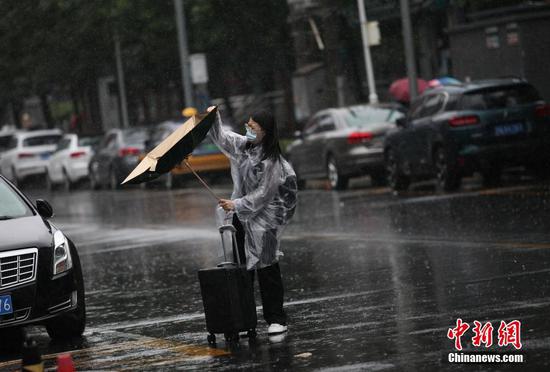

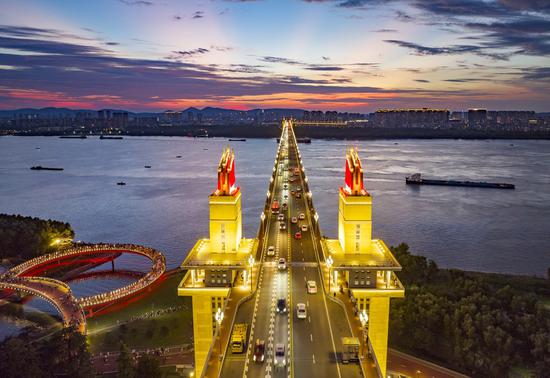



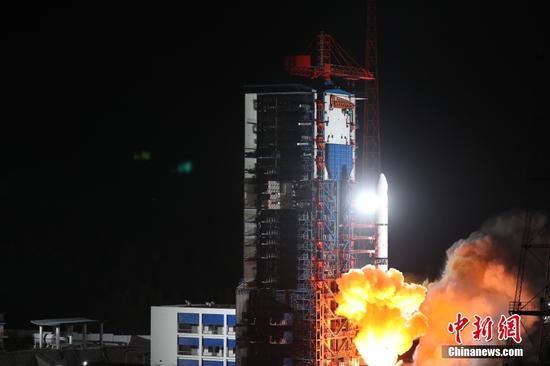
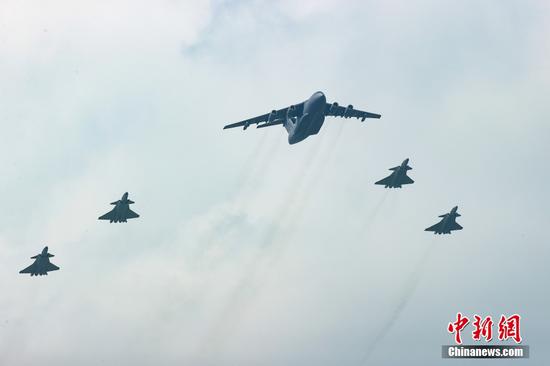
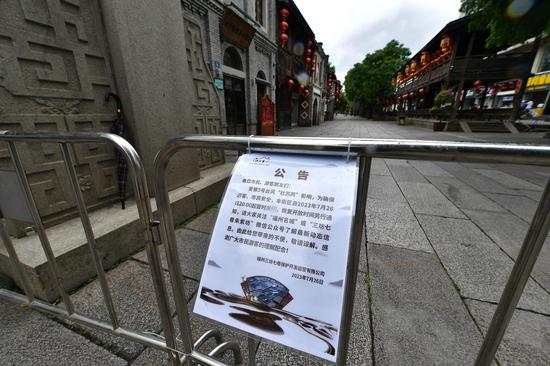




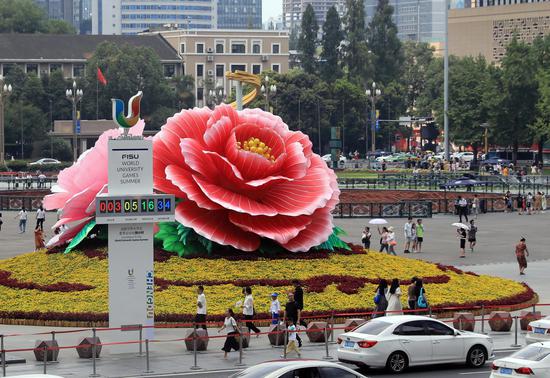
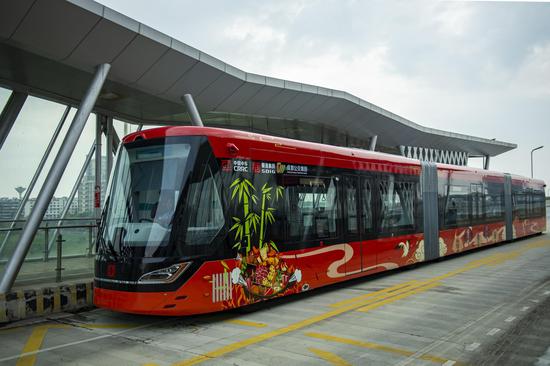

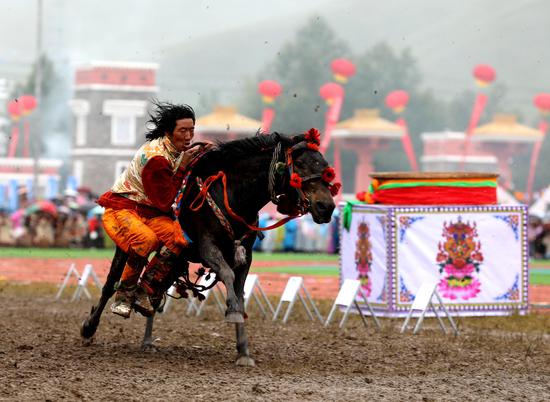




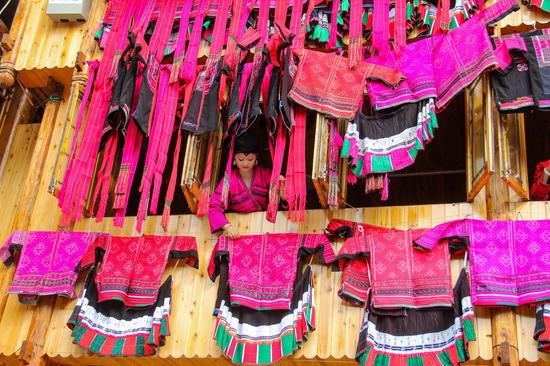

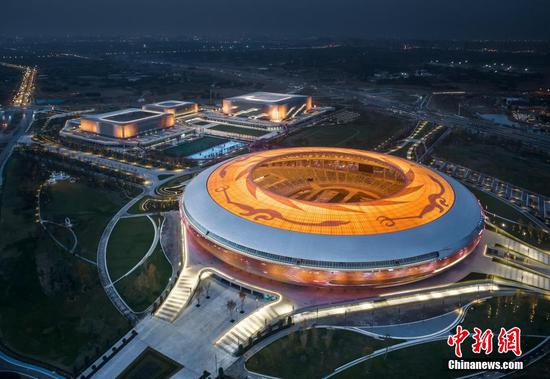

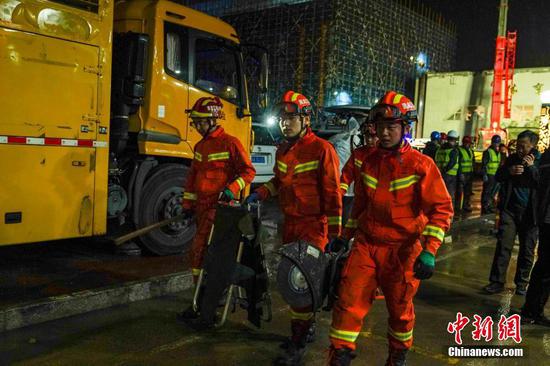




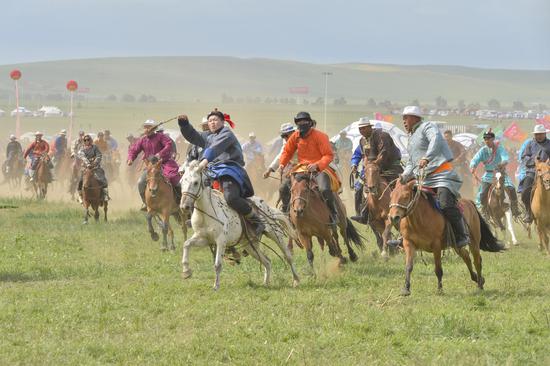





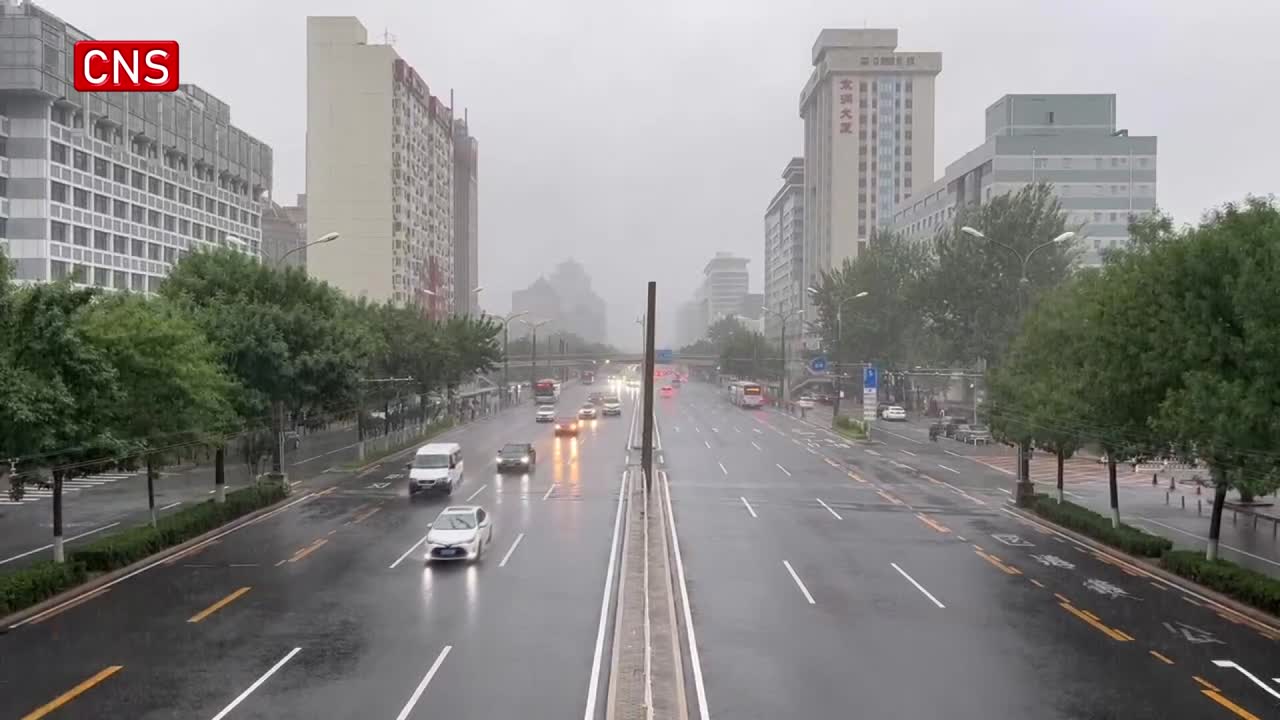

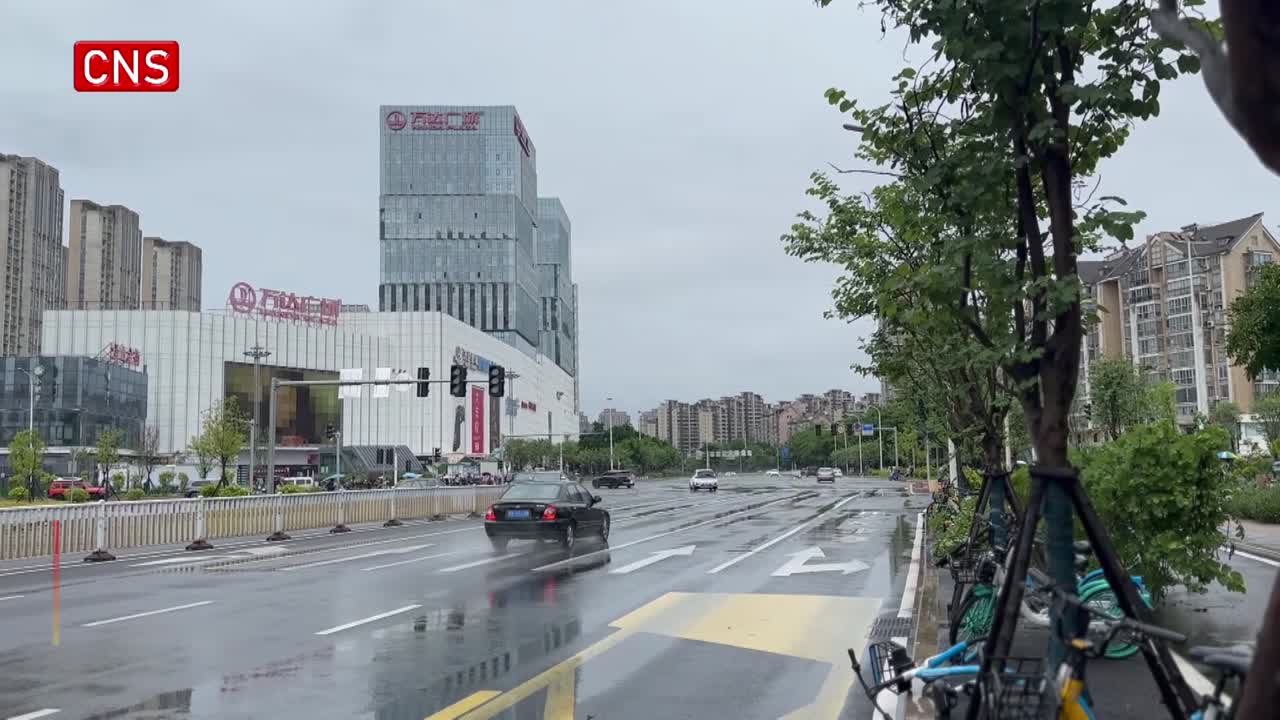

 京公网安备 11010202009201号
京公网安备 11010202009201号